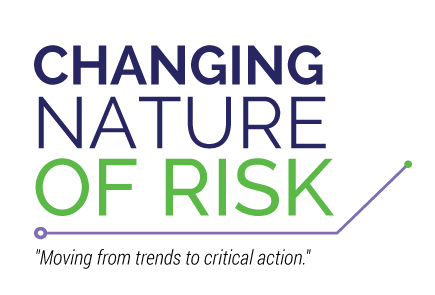Changing Nature of Risk
|
Have any feedback on these ‘Risk Advisories’? Contact us at ACT@iiaba.net Latest featured Advisory:IoT Deep Dive (Mar, 2019)Connected devices are changing how we do business. This ‘deep dive’ helps agents, carriers, and vendors understand the impacts across insurance lines of business, and what we all need to do to move forward.
Read More. |
